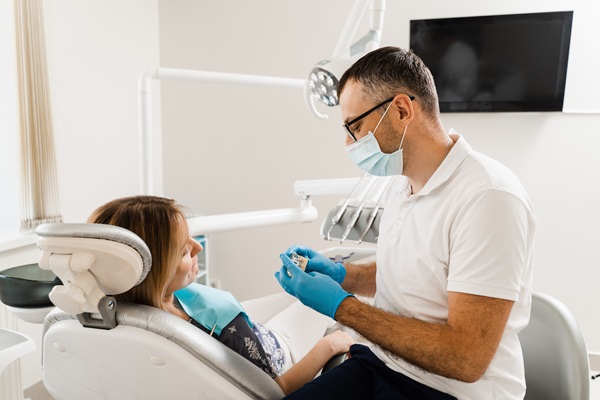How Jaw Surgery Can Help Restore Your Smile

A jaw surgery can bring back your smile and dental function. This procedure can restore your self-esteem. It can even open doors for new opportunities in your personal and professional life. Knowing more about this procedure can help you prepare for it. Here are the details on how jaw surgery can help bring back your smile.
The effects of this surgery on one’s smile
Exposing minimal gum tissue is a component of a beautiful smile. Some people reveal more gum tissue than teeth when smiling. The term for this condition is a gummy smile. Studies show that gummy smiles may be due to jaw misalignment. They can also result from abnormal jaw and teeth development.
An individual with a gummy smile tends to feel awkward. Hiding one’s smile becomes second nature. The surgeon can perform jaw surgery to correct this condition. Focusing on the jaw misalignment will come first. Dealing with the cosmetic issues will follow.
Bite problems can also equate to smile issues. A severe overbite or underbite can distort the way one smiles. This can result in embarrassment and isolation. A jaw surgery can correct the bite problem and renew one’s smile.
Tooth wear may also be due to jaw misalignment. The pressure on specific teeth can wear them out. This can lead to decay and damage. Tooth loss can occur later if the condition does not receive any treatment. Jaw surgery can reduce tooth wear. This can preserve the integrity of the teeth and maintain one’s natural smile.
Jaw misalignment can result in an imbalance of facial structures. Studies show that people who have this condition often experience low self-esteem. They often avoid other people to prevent the feeling of embarrassment. Jaw surgery can restore symmetry in one’s facial features. This dramatic change can improve one’s mood and self-esteem.
Other benefits of jaw surgery
Going through this procedure can improve one’s smile. But one can get more out of this procedure than just better aesthetics. Jaw surgery can also enhance the way an individual’s jaw functions. It can also relieve jaw joint pain.
Swallowing, biting, and chewing are more difficult because of jaw misalignment. Specific foods are off-limits to people who have this condition. Jaw surgery can correct the problem and bring back one’s proper biting and chewing abilities. Eating will become enjoyable again after the patient recovers.
Misalignment of the jaws can put stress on the TMJs or temporomandibular joints. Chronic pain is a common consequence of this problem. This results in TMJ disorder. After jaw surgery, the pain goes away. One can have a better quality of life after this procedure.
Preparing for surgery
Research reveals that treatment preparation for traditional jaw surgery needs 12 to 15 months. The dentist needs to move the teeth into their proper positions first. This process must continue until it is time for jaw surgery. The realignment of teeth must not stop because the dentist needs to move the teeth in the opposite direction of the jaw’s current position.
Jaw surgery can restore your smile and quality of life
A misaligned jaw can cause many problems. Chronic pain, bite issues, as well as a distorted smile can reduce your quality of life and self-esteem. A jaw surgery can resolve these problems. Working with your dentist can help you reach your smile goals as smoothly as possible.
Request an appointment here: https://spectrumsurgical.net or call Facial Spectrum at (816) 524-4334 for an appointment in our Lee's Summit office.
Check out what others are saying about our services on Yelp: Read our Yelp reviews.
Recent Posts
The jawbone is the part of the face that holds many essential elements together, such as the teeth, ligaments, and muscles; however, bone grafting may sometimes be necessary if the jawbone is too weak to perform these tasks. A person’s jawbone can deteriorate over time, whether due to age, genetics, poor oral health, cancer, or…
Finding lasting relief from issues such as misalignment and facial asymmetry can involve specialized procedures. Fortunately, corrective jaw surgery is a reliable option for addressing these concerns. A dental specialist realigns the upper or lower jaw during this process to promote better function and comfort. Although the procedure can benefit health and appearance significantly, a…
Many individuals seek rhinoplasty to enhance facial harmony, improve nasal function, or correct structural abnormalities. As a surgical procedure that reshapes the nose, rhinoplasty can address aesthetic concerns as well as breathing difficulties caused by structural defects such as a deviated septum. Understanding the consultation process, surgical techniques, and what to expect from the recovery…
The facelift is one of the oldest and most well-known cosmetic surgeries for restoring a youthful appearance to the face. If you are considering this procedure, it is important to understand the steps of the process and the time commitment involved. The specifics of the process can vary depending on the patient; however, here is…


